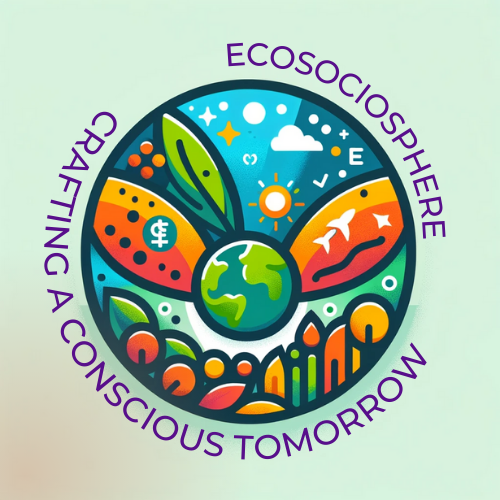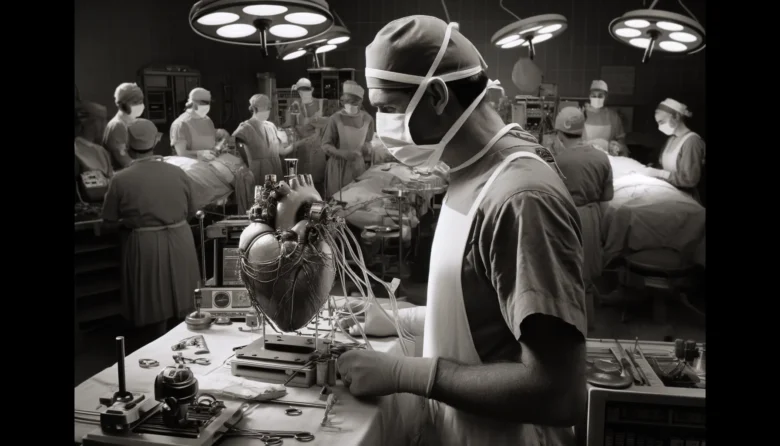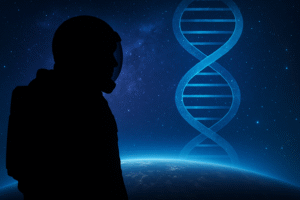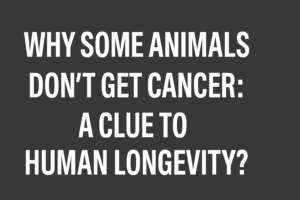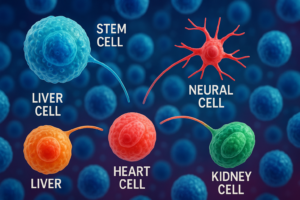On April 4, 1969, a momentous event in medical history unfolded at the Texas Heart Institute in Houston. Dr. Denton Cooley, a pioneering heart surgeon, implanted the first artificial heart in a human, Haskell Karp. This procedure was not just a surgical feat but a beacon of hope for millions suffering from heart disease. Today, as we mark the anniversary, let’s delve into this extraordinary story, reflecting on its profound impact on medical science and heart care.
The Breakthrough Event
Haskell Karp was 47 and in dire straits with end-stage heart disease when he became part of medical history. Dr. Cooley, armed with the Liotta-Cooley artificial heart, a device developed by Dr. Domingo Liotta, stepped into the operating room. This artificial heart was a temporary solution, a bridge until a human heart for transplant could be found. For 65 hours, Karp lived with a mechanical heartbeat, a testament to human ingenuity and the dawn of a new era in medicine.
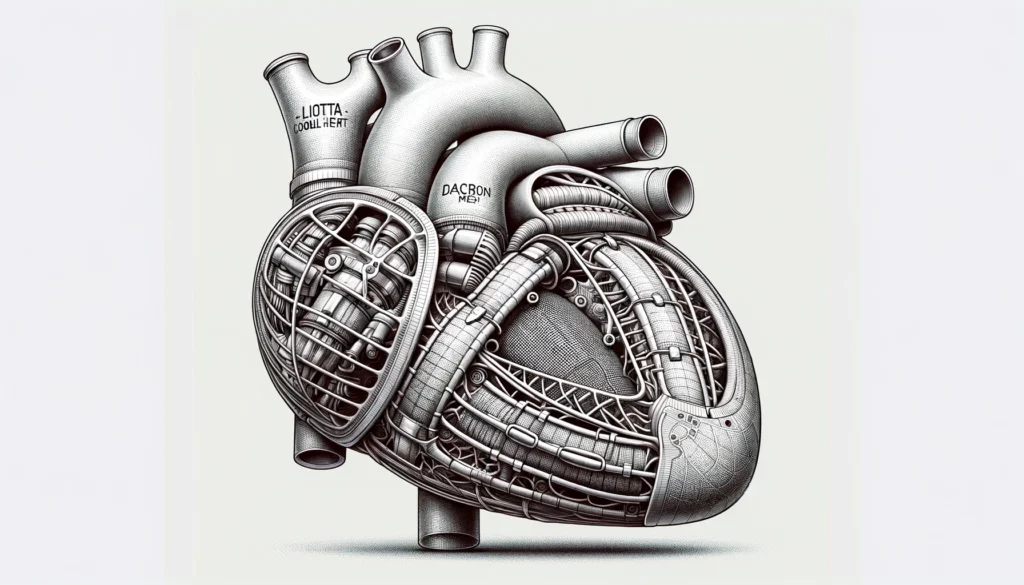
Understanding the Liotta-Cooley Artificial Heart
The Liotta-Cooley heart, made from Dacron and silicone rubber, was a marvel of its time. It mimicked the natural heart’s pumping action using air pressure, a concept both simple and revolutionary. Though it was not designed to last forever, it fulfilled its purpose magnificently, keeping Karp alive and highlighting the potential of artificial organs.
Legacy and Impact
While Karp’s story had a bittersweet end, the successful implantation of the artificial heart was a giant leap forward. It proved that temporary mechanical support could sustain life, opening doors to new research and the development of more advanced heart replacement technologies. This event laid the groundwork for the artificial hearts and cardiac devices that now save lives around the globe.
Evolution of Artificial Hearts
Since 1969, artificial heart technology has evolved dramatically. From bulky, temporary devices to more durable and compact models, each advancement has brought us closer to mimicking the human heart’s complexities. Today’s artificial hearts are testaments to decades of innovation, improving the survival and quality of life for patients with severe heart conditions.
Challenges and Human Impact
Developing artificial hearts that can completely replace human heart function remains a monumental challenge. Issues like biocompatibility, the risk of blood clots, and the psychological impact on patients are ongoing concerns. Despite these hurdles, the journey of artificial heart technology continues, driven by the hope and resilience of patients and medical professionals alike.

Conclusion
The story of Dr. Cooley and Haskell Karp is more than a medical milestone; it’s a narrative of human perseverance and innovation. As we commemorate this historic event, we’re reminded of the journey’s beginning and the vast, uncharted territories of medical science still ahead. The first artificial heart implant was a heartbeat that echoed through the corridors of history, reminding us that even the most daunting challenges can be overcome with courage and determination.
Author’s Note
This blog aims to shed light on a pivotal moment in medical history—the first artificial heart implant by Dr. Denton Cooley. While we marvel at the strides made in heart replacement technology, it’s crucial to remember the roots of where this journey began. This reflection not only honors the past but also inspires continued innovation in cardiac care.
G.C., Ecosociosphere contributor.
References and Further Reading
